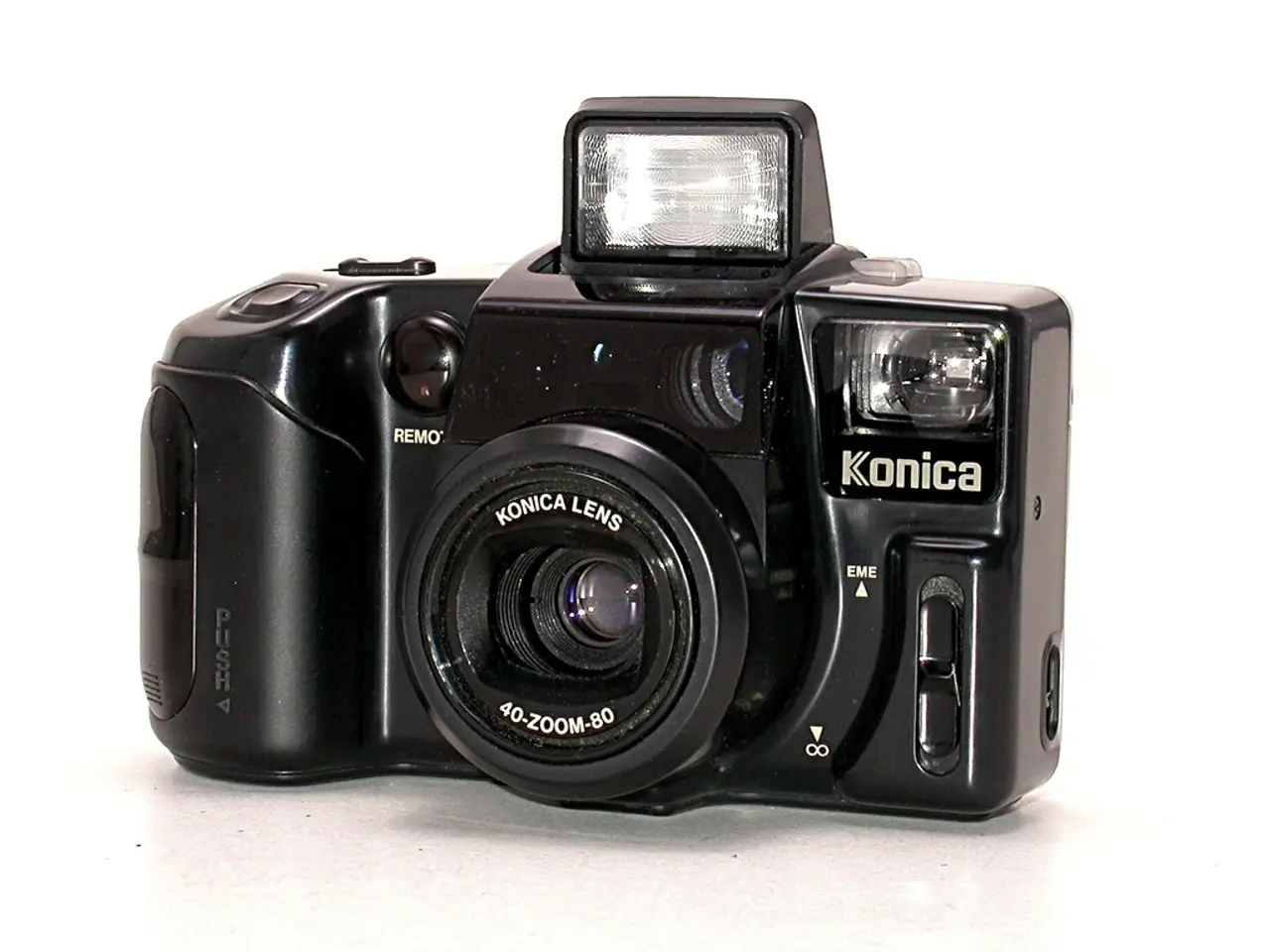Understanding DRI (Detect and Recognize Identifier): its Functionality Examined
In the world of civilian drone operations, a crucial measurement standard known as DRI (Detect and Recognize Identifier) plays a significant role. This standard is used to evaluate the performance of drone cameras, ensuring they can meet the demands of various tasks such as inspection, public safety, search-and-rescue, and even in professional applications like law enforcement, utility companies, and wildlife research.
DRI comprises three levels: Detect, Recognize, and Identify. At the Detect level, the drone is capable of spotting something is present. As we move up to Recognize, the drone can identify the type of object, and at the Identify level, it can distinguish specific features or determine exactly who or what it is.
For missions requiring standoff observation or night-time visibility, DRI is particularly crucial. It allows operators to match sensor performance with mission requirements, ensuring they can spot missing persons or heat sources from a greater distance. In operations in wide-open rural areas, the team often selects the longer-range option.
However, it's essential to note that DRI values for thermal and optical cameras can differ due to resolution and imaging differences. The values depend on sensor specifications like resolution, focal length, and target size. Knowing your detection range can prevent unnecessary risk and wasted flight time.
Drone operators and mission planners use DRI values to determine if a sensor can meet the visual demands of a task. For instance, in a recent public safety department evaluation of two drones with different thermal payloads, one offered a human detection range of 1,000 meters, while the other listed only 600 meters.
The Johnson Criteria is a model used by manufacturers to determine DRI values. It estimates the minimum number of line pairs (resolution elements) that must be imaged across a target for each level of task: detection, recognition, and identification. The criteria translate sensor technical specifications into expected DRI performance metrics, allowing estimation of detection, recognition, and identification ranges for drone-mounted cameras and thermal sensors.
In practice, this means the Johnson Criteria provides threshold values of sensor resolution and imaging quality needed to achieve a given DRI level from a certain distance. These thresholds depend on factors such as sensor resolution, field of view, lens quality, atmospheric conditions, and target size.
Thus, for drone sensors, the Johnson Criteria serves as a standard benchmark to calculate how many pixels across a drone's camera need to cover a target for it to be detected, recognized, or identified with a given confidence, guiding sensor design and operational use cases. This ensures that drones can perform their tasks efficiently and effectively, making a significant difference in various fields, from public safety to wildlife research.
- The Johnson Criteria, a model used by drone manufacturers, helps to determine DRI values by estimating the minimum number of line pairs a sensor must image across a target, thus providing threshold values of sensor resolution and imaging quality needed for data-and-cloud-computing solutions to identify specific characteristics or individuals at a given distance.
- In the field of drone operations, technology such as the Johnson Criteria serves as a standard benchmark in the process of designing drone sensors and selecting sensors for various tasks, ensuring that the sensors meet the demands of different purposes, including detection, recognition, and identification, thereby enabling drones to perform their duties effectively and efficiently in areas like public safety, wildlife research, or law enforcement.




